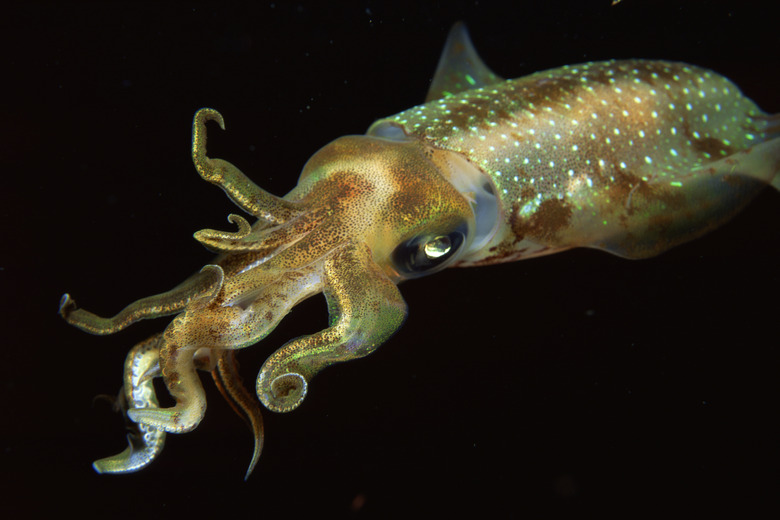What Kind Of Digestive System Do Squids Have?
You likely know squid for their suction cup-lined tentacles and their ability to squirt ink to defend themselves. With over 300 different species known to science, you can find a wide variety of squid species in our world's oceans. Though minor differences occur, all of the various squid share the same type of digestive system.
What Kind of Digestive System Do Squids Have?
What Kind of Digestive System Do Squids Have?
Vertebrate animals have developed several different types of digestive systems to absorb and process nutrients. All of the various squid species have the same type of digestive system, known as a monogastric digestive system.
A monogastric digestive system is a single-track system that starts with a mouth and ends at the anus, and contains a single-chambered stomach. Other types of digestive systems include avian digestive systems (which contain a crop to grind food) and ruminant digestive systems (which have multi-chambered stomachs to process hard-to-digest foods like grasses).
How Does the Squid Digestive System Work?
How Does the Squid Digestive System Work?
Squid ingest food through their mouths. They have no teeth, but their hard beak works to break food into smaller pieces. Many species also possess a rough tongue, known as a radula, that helps further tear apart their food and push it back into their esophagus.
The esophagus passes directly through a squid's brain. Squid have donut-shaped brains and their esophagus runs through the middle. In fact, if squid swallow food that is too large they can damage their brain!
Squid digest their food using a small stomach and a larger caecum. The stomach holds the food and uses digestive enzymes to break it down. Once the food passes into the caecum, it absorbs the nutrients for use in the rest of the animal's body. Once everything nutritious has been extracted, the leftover waste moves to the animal's intestines.
How Do Squids Excrete Waste?
How Do Squids Excrete Waste?
Once food has been utilized for all its nutrients and has moved to the intestines, the animal compresses the waste products into excrement. The waste then moves through the rectum and to the anus. Squid expel waste through their funnel and out into the surrounding water. The funnel is the same structure that the squid expels ink out of.
What Do Squids Eat?
What Do Squids Eat?
Different species of squid target different types of prey! Squid species in some regions encounter prey that species in other areas never experience. Most squid species tend to feed on the same types of prey, if not the exact species. They hunt for fish, other squid, shrimp, crabs, plankton and other crustaceans, polychaetes and more.
How Do Squids Hunt?
How Do Squids Hunt?
Though feeding behavior can vary based on the species, many squid hunt using similar techniques. They typically remain in deeper waters during the daytime when predators are more active. During the night, they rise from deeper water to hunt. Often, the prey they target follows the same pattern of moving into deeper water during the daytime and rising at night.
Though you might think of squid as having only tentacles, that isn't quite true. Squid have eight shorter tentacles lined with suction cups and sometimes hooks. They also possess two arms that are significantly longer than their tentacles. This gives them a total of ten arms and tentacles.
They use their arms primarily during prey capture. These arms often have hooks and suction cups only at the end of the appendage. The squid rapidly shoots the two arms forward and then pulls the prey into itself and secures it using the tentacles. Once they've captured their prey they can subdue it using their sharp beak
Cite This Article
MLA
Zinni, Yasmin. "What Kind Of Digestive System Do Squids Have?" sciencing.com, https://www.sciencing.com/kind-digestive-system-squids-have-14370/. 18 January 2022.
APA
Zinni, Yasmin. (2022, January 18). What Kind Of Digestive System Do Squids Have?. sciencing.com. Retrieved from https://www.sciencing.com/kind-digestive-system-squids-have-14370/
Chicago
Zinni, Yasmin. What Kind Of Digestive System Do Squids Have? last modified March 24, 2022. https://www.sciencing.com/kind-digestive-system-squids-have-14370/
